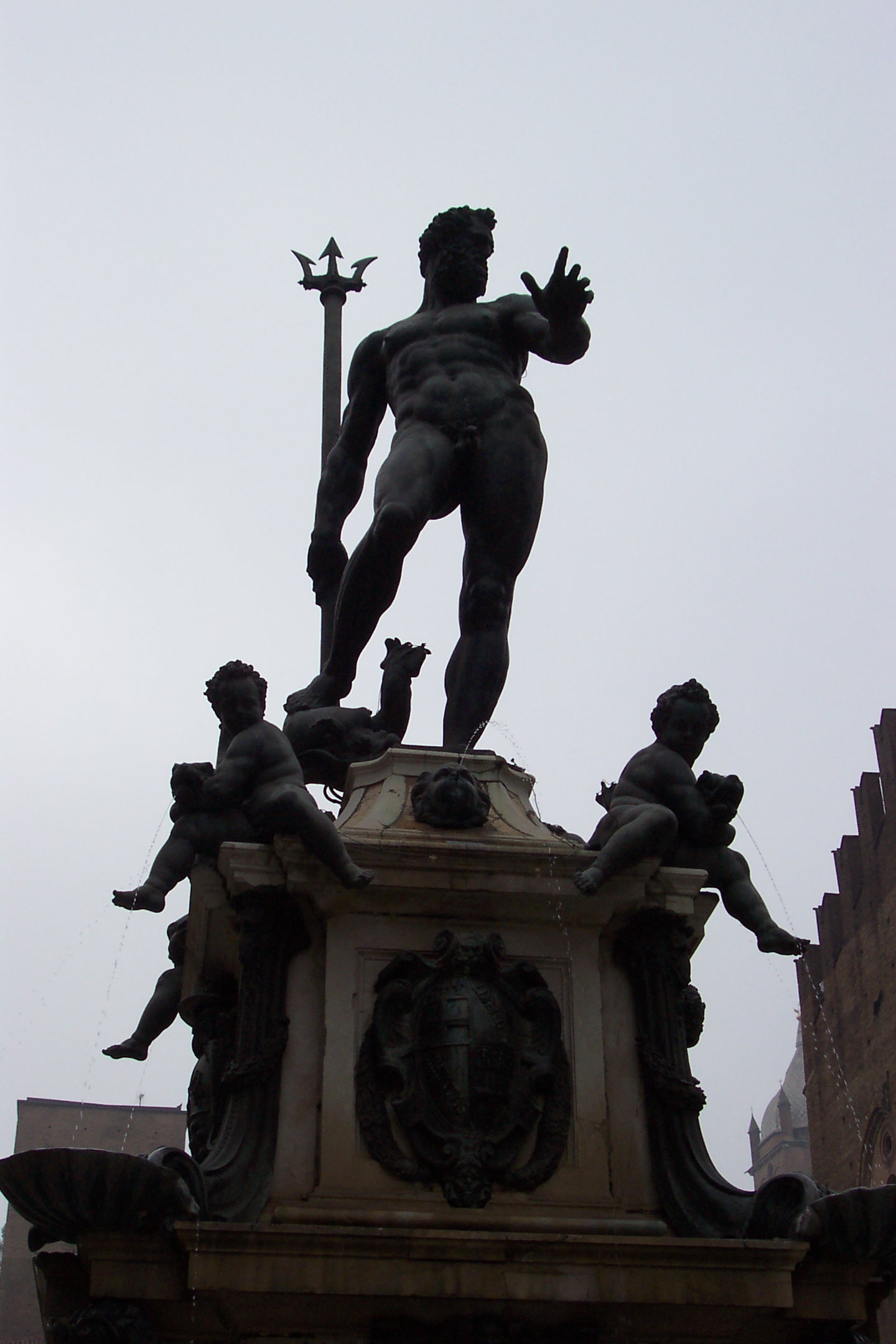POSTURE

I raised my
body erect again as one should walk, though my thoughts remained bowed down and
shrunken. --Dante Alighieri, The Divine Comedy, Canto XII
Nonverbal sign. 1. A
bearing, pose, or stance of the body or it parts: e.g., a crouched posture. 2. A fixed,
stationary body position as opposed to a fluid body
movement.
Usage: When sustained (i.e., held longer than two seconds), a body
movement such as a bowed-head may be considered a posture. Though duration
varies, postures frequently are more expressive of attitudes, feelings, and
moods than are briefer gestures and fleeting motions of the
body.
Primatology. "The stance of a baboon, independently of any
specific gesture, may indicate differences in tension and of individual status.
. . . . The dominant male baboon tends to walk very directly and 'confidently'
through different parts of a feeding area or when moving across country" (Hall
and DeVore 1972:166).
Salesmanship. "Your posture is almost
military but not stiff and uncomfortable-looking. Your shoulders are not stooped with the weight of the world,
because you are not bent and broken by your burdens" (Delmar 1984:33).
RESEARCH REPORTS: 1. An early
experimental study (by James [1932], based on ratings by judges) identified four
postural categories: a. forward
lean ("attentiveness"); b.
drawing back or turning
away ("negative," "refusing");
c.
expansion ("proud," "conceited," "arrogant"); and
d. forward-leaning trunk, bowed head,
drooping shoulders, and sunken chest ("depressed," "downcast,"
"dejected") (Mehrabian 1972:19). 2. Frieda Fromm-Reichmann
(1950) inferred feelings from observing and imitating the postures of
psychiatric patients (Mehrabian 1972:17). 3. Albert Mehrabian
proposed two primary dimensions of posture: a. immediacy, and b. relaxation (Richmond
et al. 1991:63).
See also ANGULAR DISTANCE, BODY
WALL.
CONTRAPPOSTO STANCE
Posture. 1. A subtle or pronounced "twisting" pose of the human body suggestive of physical and psychic energy. 2. An energy consuming deviation from standard anatomical position (SAP; see ANATOMICAL POSITION).
Usage. As it deviates from the body's relentless bilateral symmetry, a contrapposto posture may be used to present an attractive, energetic physical shape. As opposed to a static, flat-footed stance, the asymmetrical arrangement of body parts works to attract notice.
Anatomy. Contrapposto bodies seem to twist from head to legs to feet, even as they stand in place. The planes of the shoulders and hips, as well as those of the knees and feet, are held in a coordinated opposition that makes them more likely, and more lively, to behold.
Shoulders and hips. Placing a human's body weight fully on the right foot causes the right hip to raise and protrude, and the right shoulder to dip. On the body's left side, the hip lowers while the shoulder lifts. With its antithetical blend of limb extension, flexion and torsion, an otherwise frozen statue comes alive with movement and feeling (see below, Art cue).
Art cue. Contrapposto (Italian "counterpoise") has been used as an artistic device by painters and sculptors at least since 480 B.C. with the Greek statue, Kritios Boy. Noteworthy subsequent examples include the Roman Venus de Milo (ca. 100 B.C.) and Michelangelo's Statue of David (1504; see STATUE SIGNS).
Media. In 1949, a series of nude photographs of the soon-to-debut American actress, Marilyn Monroe, were taken, featuring her in supine, recumbent positions, against red velvet (see COLOR CUE, Red) in pronounced contrapposto poses. One of the color photos, with knees sharply bent, hips twisted left and shoulders right, later appeared in the 1953 inaugural issue of Playboy magazine, and on a 1955 wall calendar that has become the best-selling pin-up photo of all time (see REPRODUCTIVE IMAGERY).
Neuro-notes. As incoming or afferent cues, the energetic meaning of contrapposto postures may be intuitively decoded by mirror neurons (see NONVERBAL BRAIN). As outgoing or efferent cues, the postures frequently accompany active, gross body movements.
See also NONVERBAL RELEASE.
Copyright 1999 - 2020 (David B.
Givens/Center for Nonverbal Studies)
Photo of Neptune statue (Bologna, Italy) by Doreen K. Givens (copyright 2000)